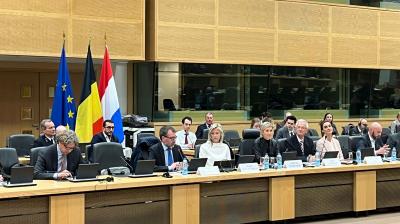Realising the EU Rapid Deployment Capacity
When the European Union’s Strategic Compass had almost been completed in late February 2022, Russia invaded Ukraine. Consequently, the language on Russia in the Compass text was adapted to a more bellicose content. However, the military level of ambition remained unchanged as it had already been agreed informally by the EU member states. At the end of March, when the Council formally adopted the Compass, the EU Rapid Deployment Capacity (RDC) became the new focal point for crisis management tasks in the context of the Common Security and Defence Policy (CSDP).
Although the attention of strategists, defence planners and armaments experts has shifted further towards strengthening collective defence as a result of the war in Ukraine and the outcome of the NATO Madrid Summit, instability in the areas to Europe’s south and south-east remains the norm rather than the exception. The EU RDC has to provide the EU with the military capability to be deployed in crisis situations when needed, also taking into account that the United States (US) is less likely to act in Europe’s southern neighbourhood in the future. Ambitious targets have been set with regard to the flexible composition of the RDC and to the timeline of its initial operational status in 2025.
This policy brief examines the milestones to be reached towards the year 2025 – in other words ‘what should be done in the near future’. Three aspects are given particular attention: the question of using the existing format of the EU Battlegroups as building blocks for the RDC; the issue of how to speed up decision-making; and the question of capability shortfalls. This is followed by conclusions on the opportunities and pitfalls that the EU and its member states may encounter up until 2025 and beyond.
Download the policy brief on EU Rapid Deployment Capacity.
Follow @AdajaStoetman and @Clingendaelorg on Twitter.






